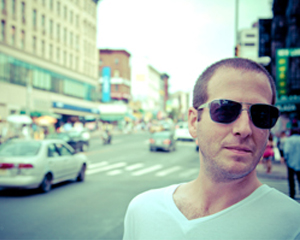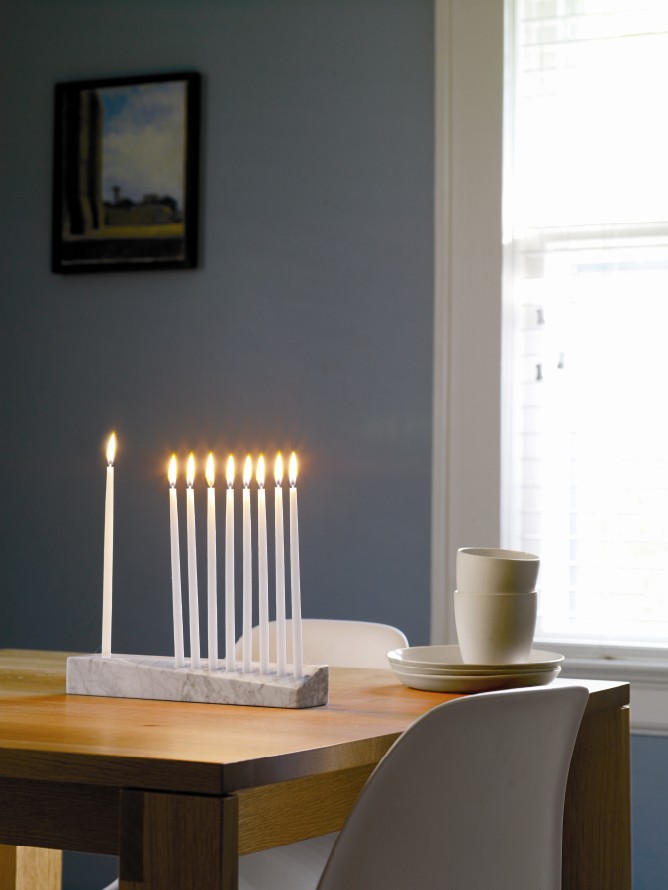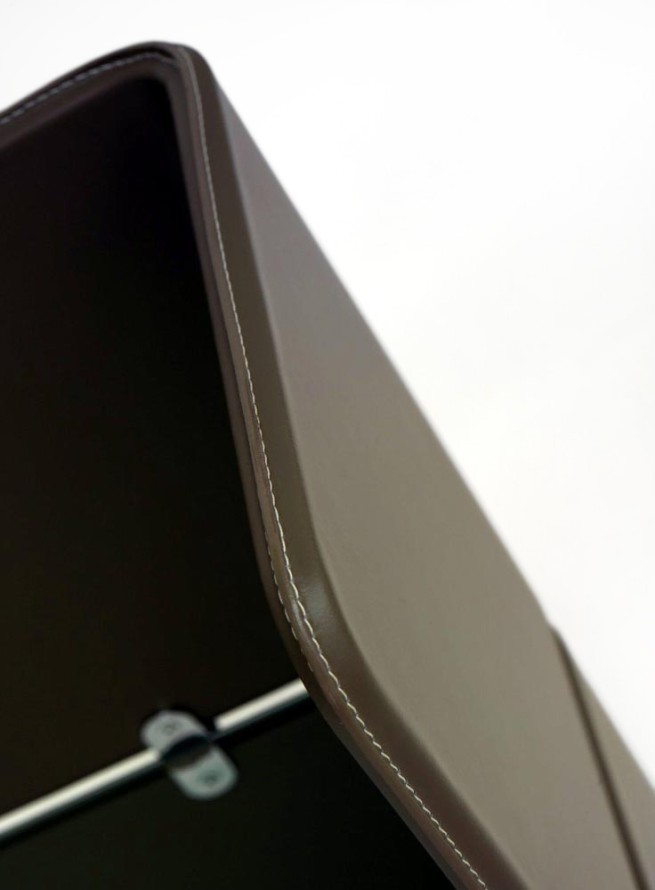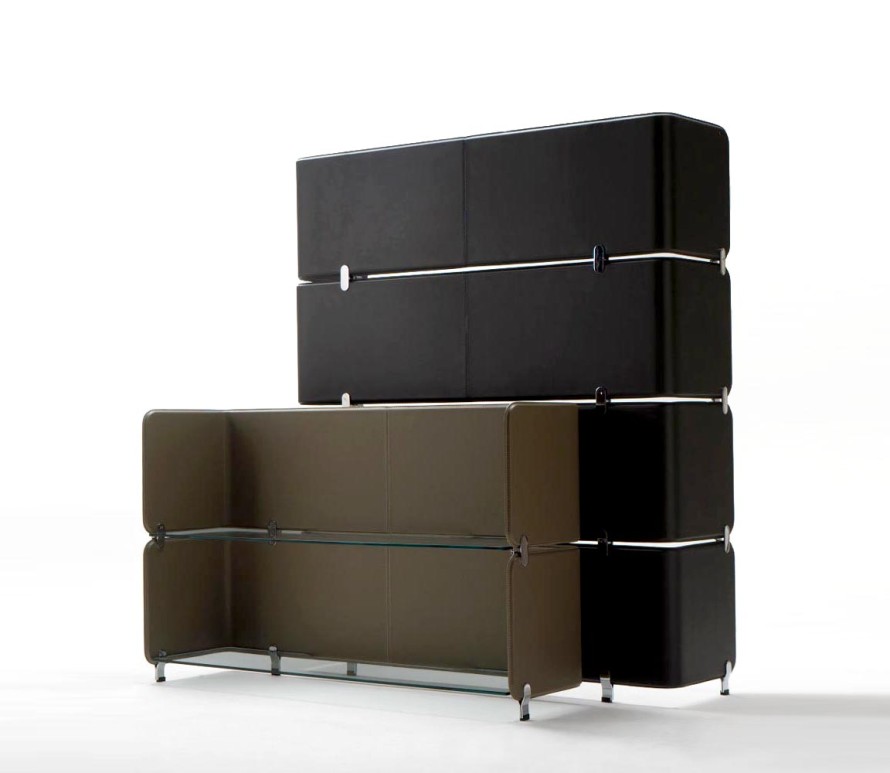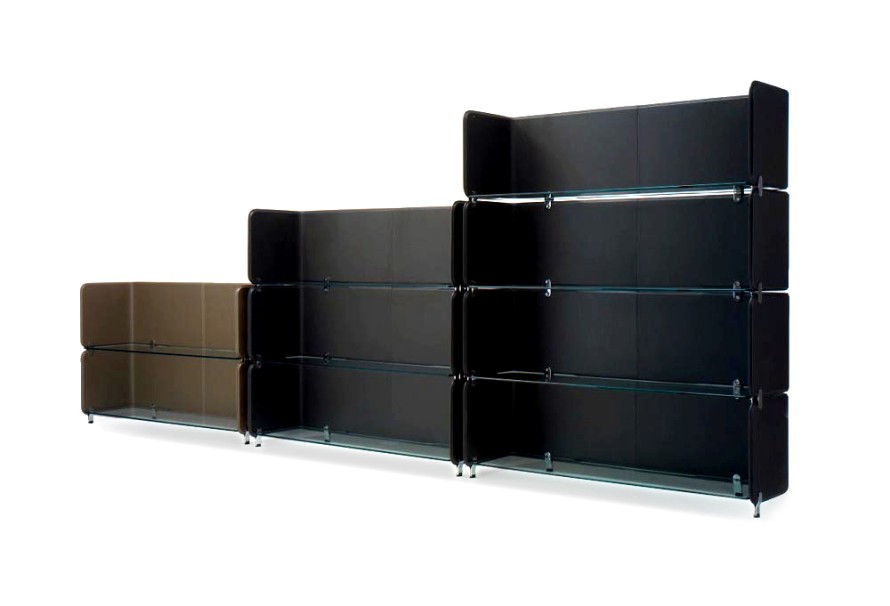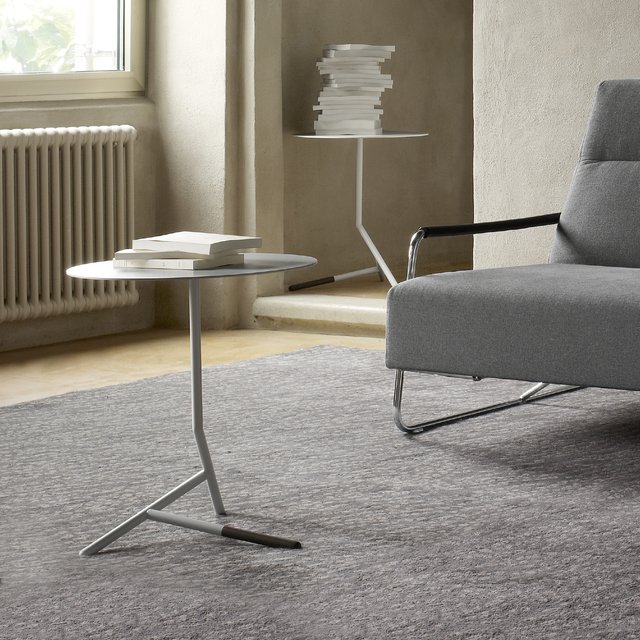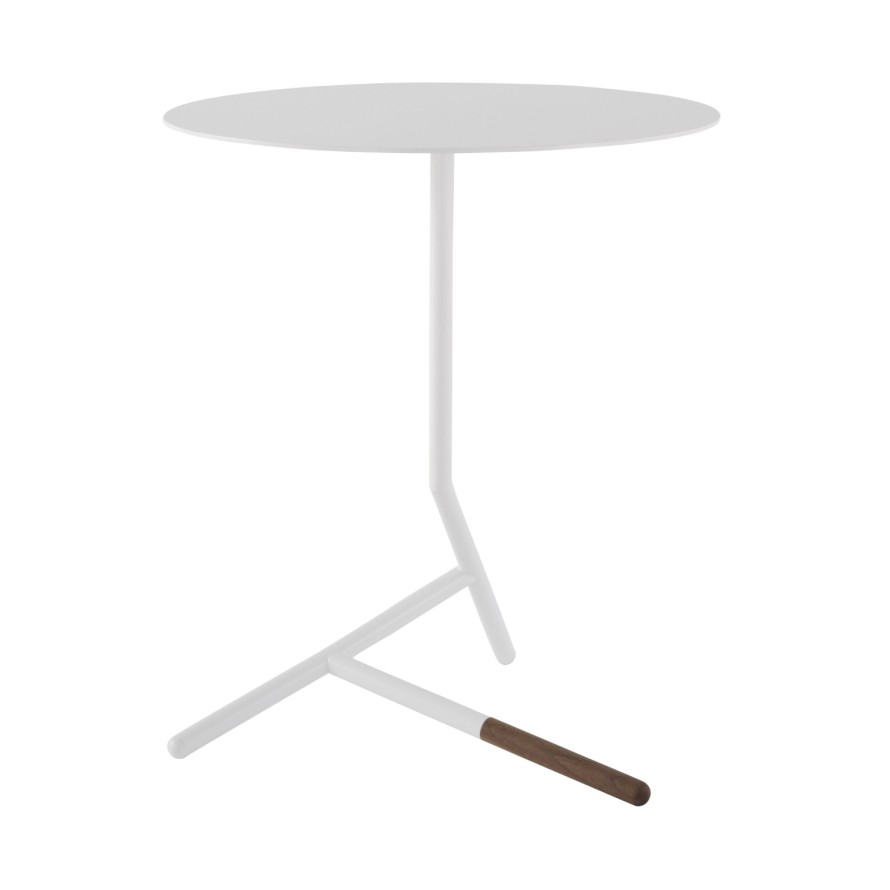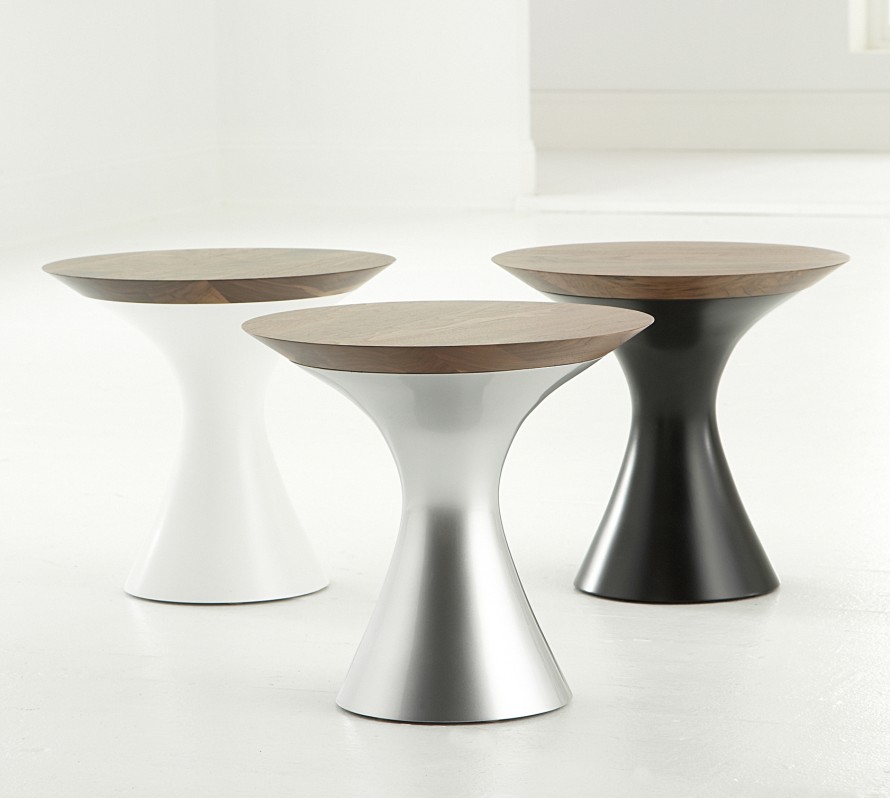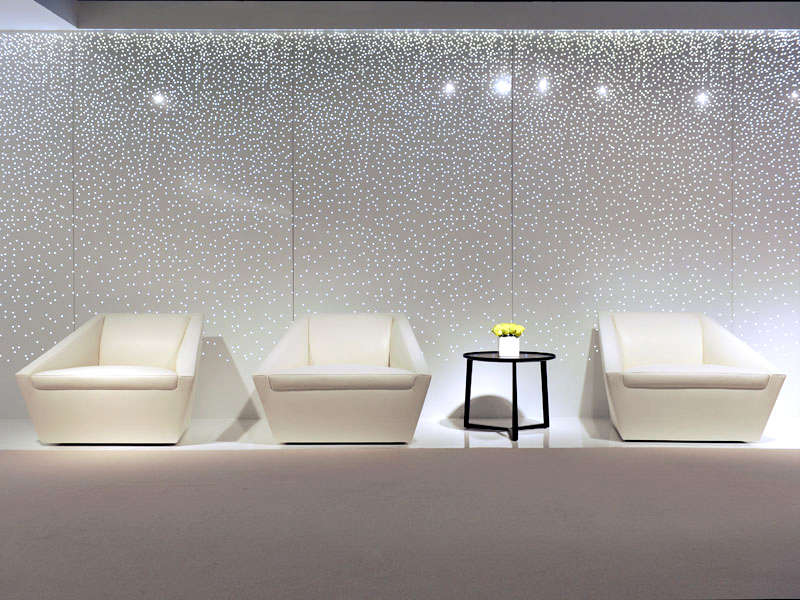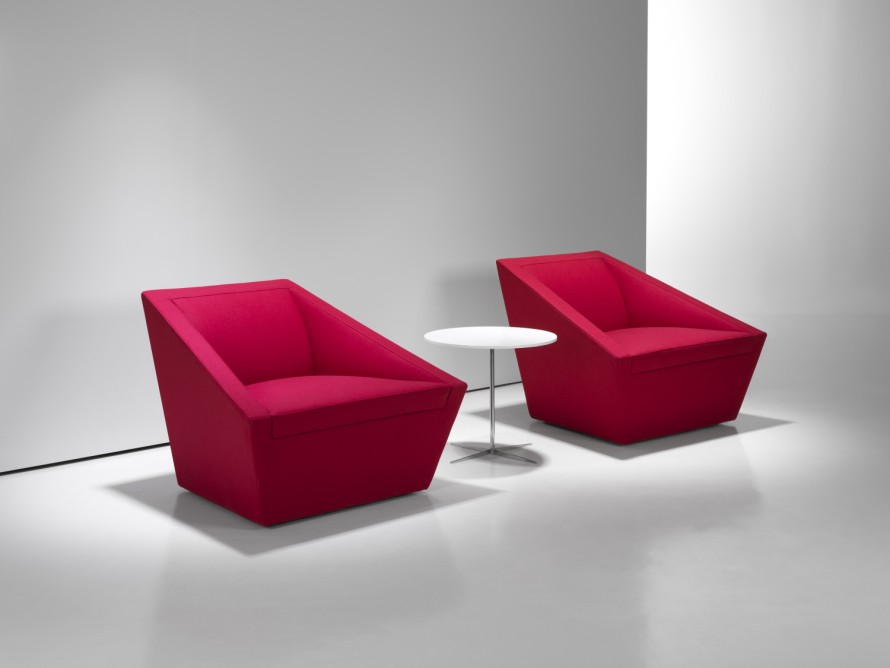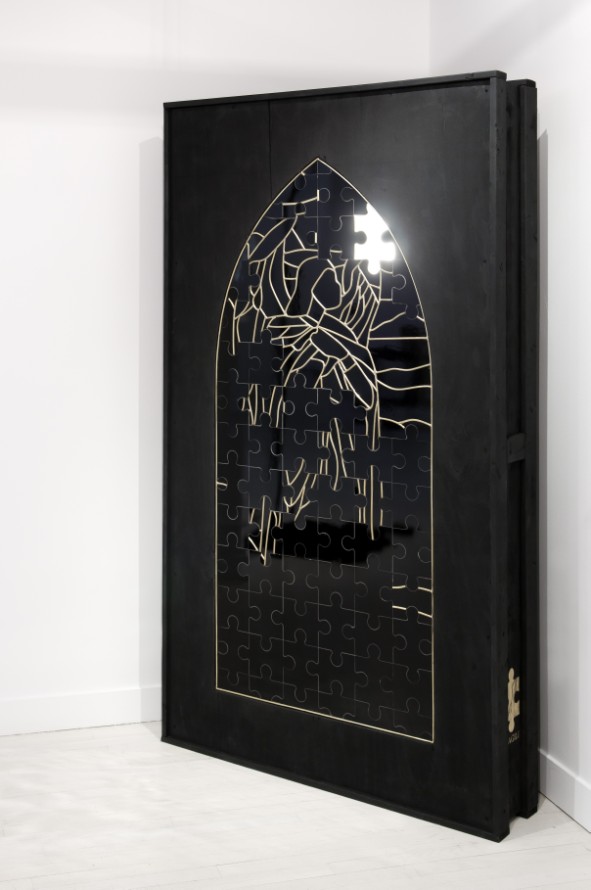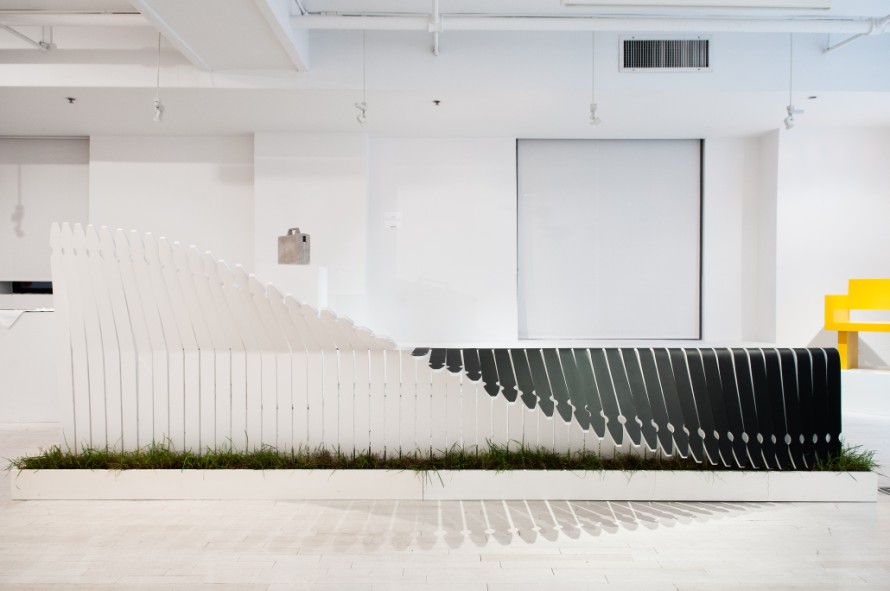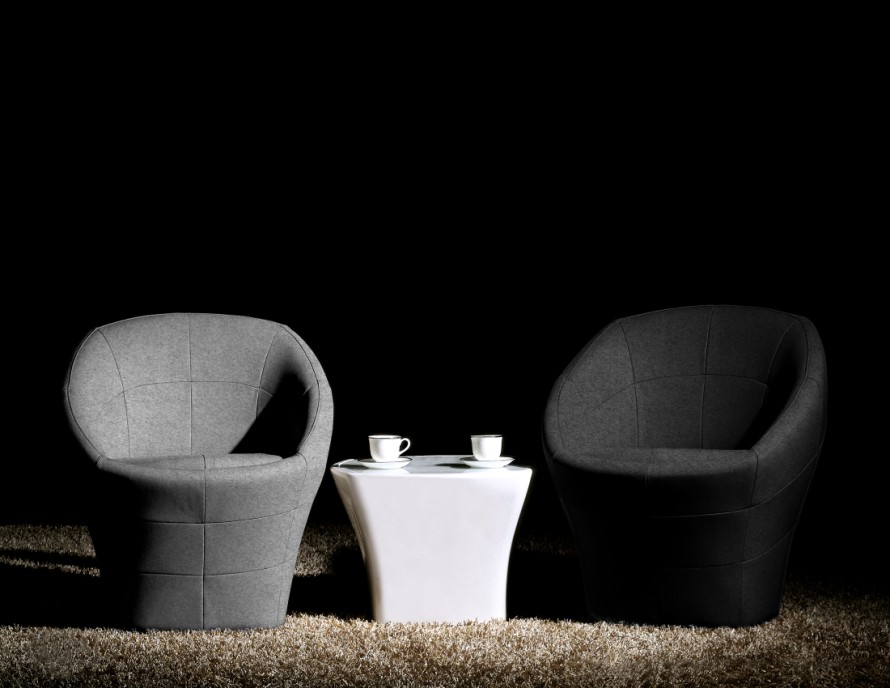Brad Ascalon Studio NYC was founded in 2006. The multidisciplinary design studio specializes in furniture, packaging, consumer products, environment design and development, as well as site-specific sound composition and installation art projects. Working with clients ranging from large-scale manufacturers to smaller start-ups, branding agencies and private clients, Ascalon’s collaborators have included Ligne Roset, Design Within Reach, Bernhardt Design, Fasem International, L’Oreal, Intel, Esquire magazine and many others.
Ascalon’s work has been exhibited globally, from Milan’s Salone Internazionale del Mobile, the world’s largest forum for design, to IMM Cologne in Germany, Maison et Objet in Paris, London’s 100% Design Festival, and the International Contemporary Furniture Fair (ICFF) in New York. His work has been featured in publications including Wallpaper*, New York Times, Architectural Digest, Whitewall Magazine, Art Review, Esquire, Surface, Intramuros, Dwell and Interior Design. He also shows at New York’s Gallery R’ Pure, San Francisco’s THE NWBLK Gallery, and Triode Gallery in Paris. Ascalon has also had the distinction as one of twenty-five global creative professionals to serve on the ‘Influencers’ Advisory Board for Hewlett Packard, the world’s largest computer manufacturer.
Born outside of Philadelphia, Pennsylvania (USA), Ascalon was immersed in the world of art and design from an early age. His grandfather was a noted sculptor and industrial designer, and his father is renowned for his large scale art installations throughout North America. Ascalon earned his Masters’ degree in Industrial Design from the Pratt Institute in 2005, and that same year was recognized by Wallpaper* magazine as one of the world’s “Ten Most Wanted” emerging designers. In 2007, his early work was included in the ICFF Studio Bernhardt Design Exhibition at ICFF, a juried competition that promotes young designers from around the world. Ascalon later went on to design for the prestigious American brand. In 2008, he had the distinction of being only one of two American designers to ever work with the venerable 150 year old French company Ligne Roset, and they continue to collaborate today.
Ascalon lives and works in New York City.
INTERVIEW
What does design mean for you? What is design in your life?
To me, design is a paring down of the superfluous. It is reductionist. It is a way of getting to the essential idea that I want to communicate, while utilizing form that doesn’t try too hard to communicate it. Design is about everything but the object. It is about how people use it and relate to it. A flower vase is about the flowers. A chair is about the person sitting in it.
Please describe the changes in design over the last 20 years.
Technological advances have given designers and producers the opportunities to create objects that years ago only established manufacturers were capable of. Simultaneously many large manufacturers have harkened back to the notion of craft. So we’re at an interesting point in which the design dialogue is that balance of technology and craft, large and small scale production, global and local. Everything is affecting everything else, and the result is becoming a true globalization of design.
Which designers/architects have influenced your work the most?
I hate to be a cliché, but I think that Jasper Morrison is a master of simplicity. He’s had a profound effect on how I think about my own work.
What item have you envied because of its design?
Thonet No. 14 chair is absolute perfection.
Do you believe that design assists in the creation of a “better” world?
Sorry to say, a chair isn’t going to make the world a better place. It isn’t intended to. It might be intended to simplify the process by which you work and go about your life, thereby making you more efficient, more subconsciously satisfied and “better.” But this is at a micro level. That being said, a designer does have the ability to make incremental changes within the system that he or she is embedded—changes in processes, messaging, the overall goals that a manufacturer can set for itself. If done properly and with fortitude, yes, design can contribute to a better world.
Should design be more inexpensive or does it deserve to be paid for at a high price?
Cost is a consideration of processes, materials, quality, quantity and to an extent, brand. Design is what it is and its price is based on these considerations. Design isn’t the issue. Quality is the issue.
The right question is whether or not quality is valued, bought and sold appropriately. To that, I say you get what you pay for. You can spend $400 on a nice looking sofa from IKEA, and you’ll get a few good years from it. You can spend thirty times that amount on a beautifully crafted Italian sofa, and you can have it for life. It doesn’t cost any more to produce a good looking product. It only costs more to make a higher quality one. The irony is that the profit margins on most cheap goods far exceed the profit margins on higher quality ones.
What led you to become involved in design?
I’m a third generation designer. It’s in my family’s bloodline. I worked in the music industry for a number of years until I realized how much I disliked the business end of that industry. After a short quarter-life crisis, I decided to stop fighting the family grain, and I’ve never looked back.
If you were not a designer, what other profession would you have chosen?
I’d be a chef. The fields are parallel, a striving for balance, proportion and simplicity. And I would still get to make people happy.
